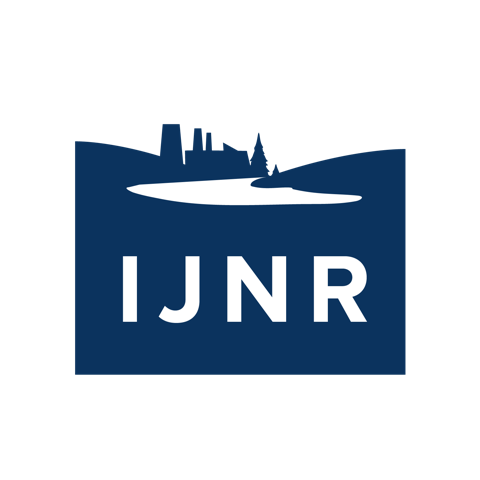Day 4: Contamination, Bottling, the True Cost of Clean Water
The Walkerton Tragedy: How Ontario’s Own Crisis Led to Change and Cleaner Water
In May of 2000, a deadly strain of e coli bacteria made its way into the drinking water of roughly 5,000 residents of Walkerton. In was later found that runoff from an agricultural operation had fouled a source of groundwater that was hydrologically connected to the city’s well. However, at the time, Walkerton’s water plant was overseen by two men with no formal training – just decades of on-the-job experience – and water policy, especially around training and monitoring, was not what it is today. In the end, five residents died and hundreds of others fell ill. The tragedy led to all sorts of changes at the provincial level – where responsibility for clean drinking water lies in the Canadian governance system. In addition to new legislation, the tragedy set Ontario on a course of providing greater training and better technology to rural water systems. Today, the Walkerton Clean Water Centre stands as testament to those efforts – a direct result of the Walkerton Inquiry Report. To date, the Centre has offered training to more than 50,000 water utility workers, postsecondary education institutions and more as it strives to provide the latest technology and practices to water providers throughout Ontario.
Bottled Up: Ontario Struggles to Balance Industry and Community Water Needs
On January 1st of this year, a two-year moratorium went into effect on new or expanded water bottling operations in Ontario. The announcement of the moratorium came months after Nestle Waters Canada bought a well in the city of Guelph that the nearby (and fast-growing) community of Centre Wellington was eyeing for its future supply. The province has been criticized by many citizens, NGOs and elected officials for favoring industry over community when it comes to water pricing. During the drought of the summer of 2016, Ontario residents were facing $130 fines for watering their lawns while Nestle paid only $3.71 per one million liters of water. While the company volunteered to reduce its consumption, it was under no legal obligation to do so, something critics hope is fixed during the moratorium. The group visited Nestle’s warehouse in Guelph to learn how the company monitors water levels in its aquifers and discuss the current debate.
Supply and Demand: Finding the True Cost of Clean Drinking Water
The current controversy over bottled water in Guelph has brought many issues to the surface of public debate – chief among them, ideas of how best to manage a finite resource to meet competing demands. During this stop the group heard from the other side of the debate - folks who believe the scales are tilted to favor industry desires. The journalists got a lesson in hydrology and how it is all often connected.
